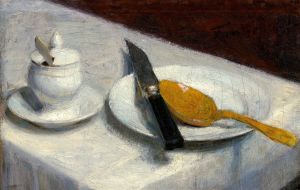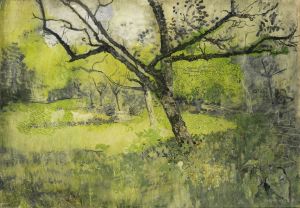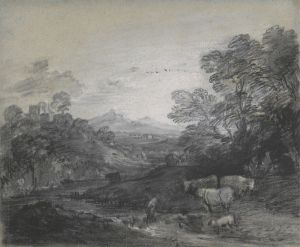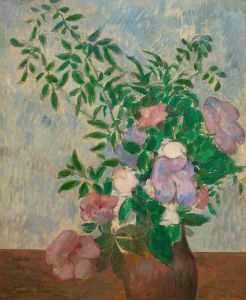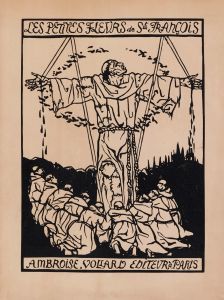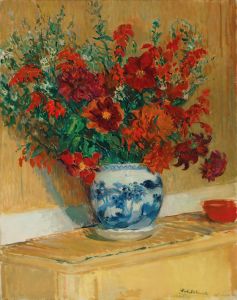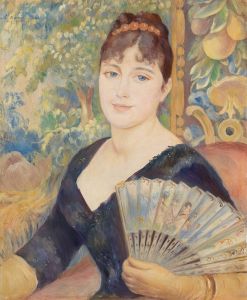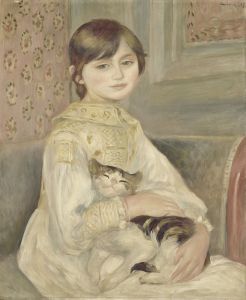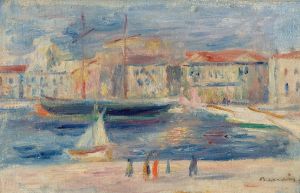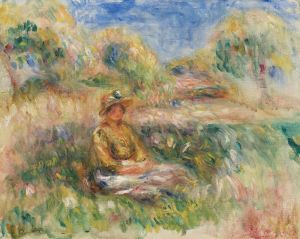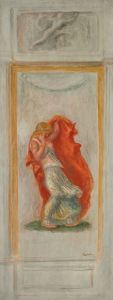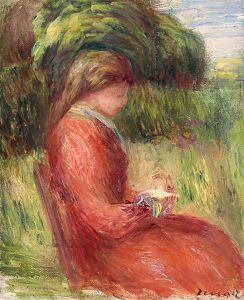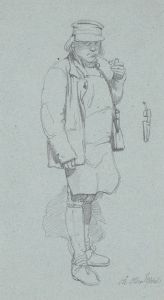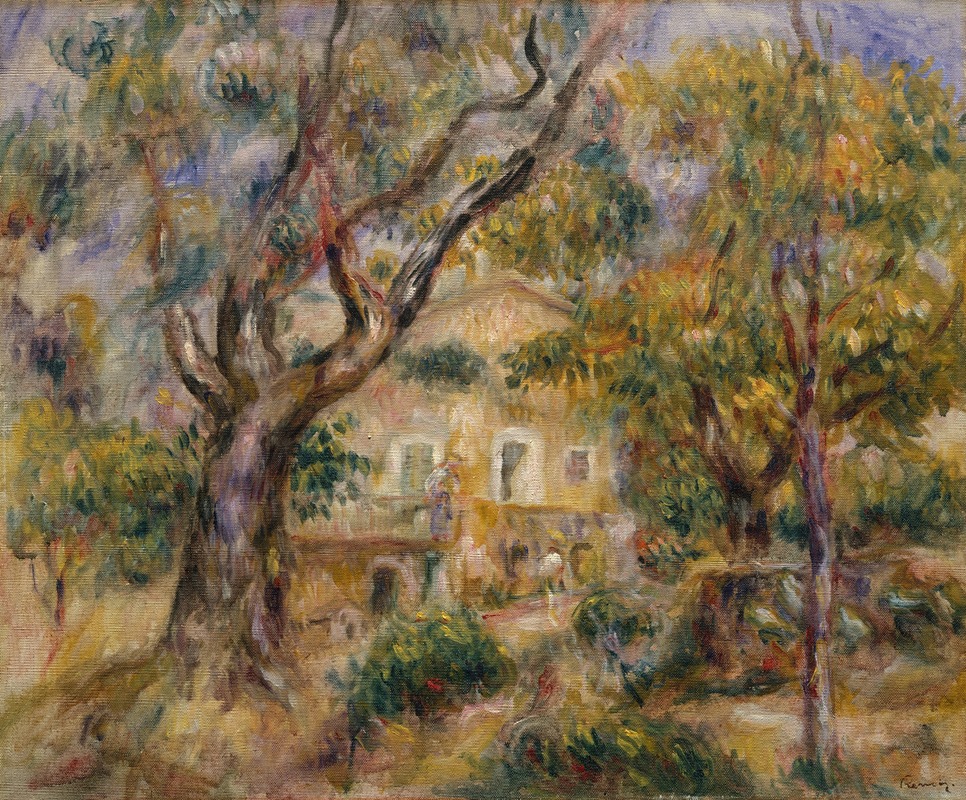
The Farm at Les Collettes, Cagnes
A hand-painted replica of Pierre-Auguste Renoir’s masterpiece The Farm at Les Collettes, Cagnes, meticulously crafted by professional artists to capture the true essence of the original. Each piece is created with museum-quality canvas and rare mineral pigments, carefully painted by experienced artists with delicate brushstrokes and rich, layered colors to perfectly recreate the texture of the original artwork. Unlike machine-printed reproductions, this hand-painted version brings the painting to life, infused with the artist’s emotions and skill in every stroke. Whether for personal collection or home decoration, it instantly elevates the artistic atmosphere of any space.
Pierre-Auguste Renoir's painting The Farm at Les Collettes, Cagnes is a work created during the later period of the artist's career. Renoir, a prominent French Impressionist painter, moved to the village of Cagnes-sur-Mer in the south of France in 1907. There, he purchased a property known as Les Collettes, which became both his home and a source of inspiration for many of his works. The estate featured olive groves, gardens, and a farmhouse, elements that frequently appeared in his paintings from this period.
Renoir's move to Les Collettes was partly motivated by health reasons. He suffered from severe rheumatoid arthritis, which made it increasingly difficult for him to paint. Despite his physical challenges, Renoir continued to work prolifically, often painting scenes of the surrounding landscape, as well as portraits and still lifes. The warm Mediterranean climate and the picturesque environment of Les Collettes provided a serene backdrop for his artistic endeavors.
The Farm at Les Collettes, Cagnes depicts the rural charm of the estate, showcasing Renoir's fascination with light, color, and the natural beauty of the region. The painting reflects his characteristic Impressionist style, with loose brushstrokes and a focus on capturing the atmosphere and mood of the scene rather than precise details. The olive trees, a recurring motif in his works from this time, are rendered with a sense of vitality and movement, emphasizing the interplay of light and shadow.
This painting is representative of Renoir's later artistic approach, which leaned toward a more classical and decorative style compared to his earlier Impressionist works. During this period, he often explored themes of timeless beauty and harmony, drawing inspiration from both the natural world and the traditions of classical art.
Today, The Farm at Les Collettes, Cagnes is recognized as an example of Renoir's enduring dedication to his craft, even in the face of physical adversity. The painting serves as a testament to his ability to find beauty in his immediate surroundings and to translate that beauty onto canvas. Les Collettes itself has since been preserved as the Musée Renoir, where visitors can explore the artist's home and studio, as well as view some of his works and personal belongings.





